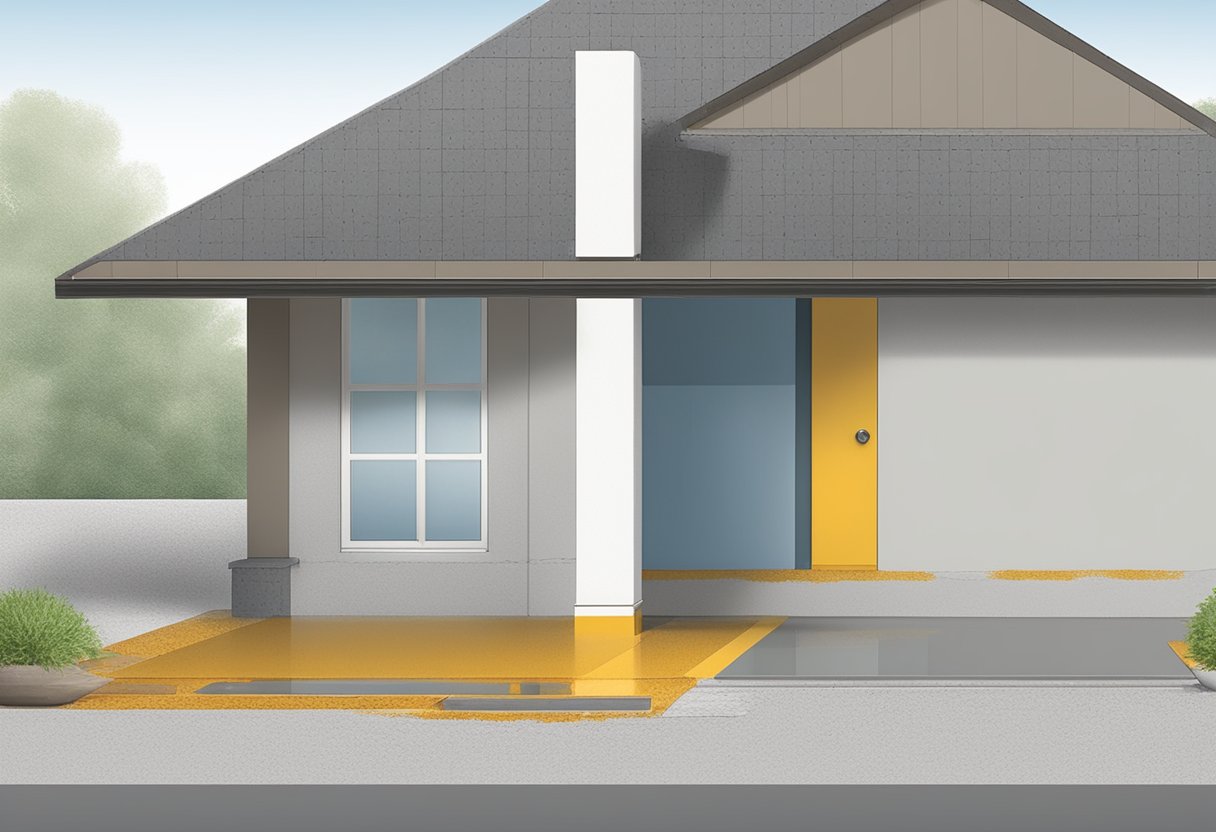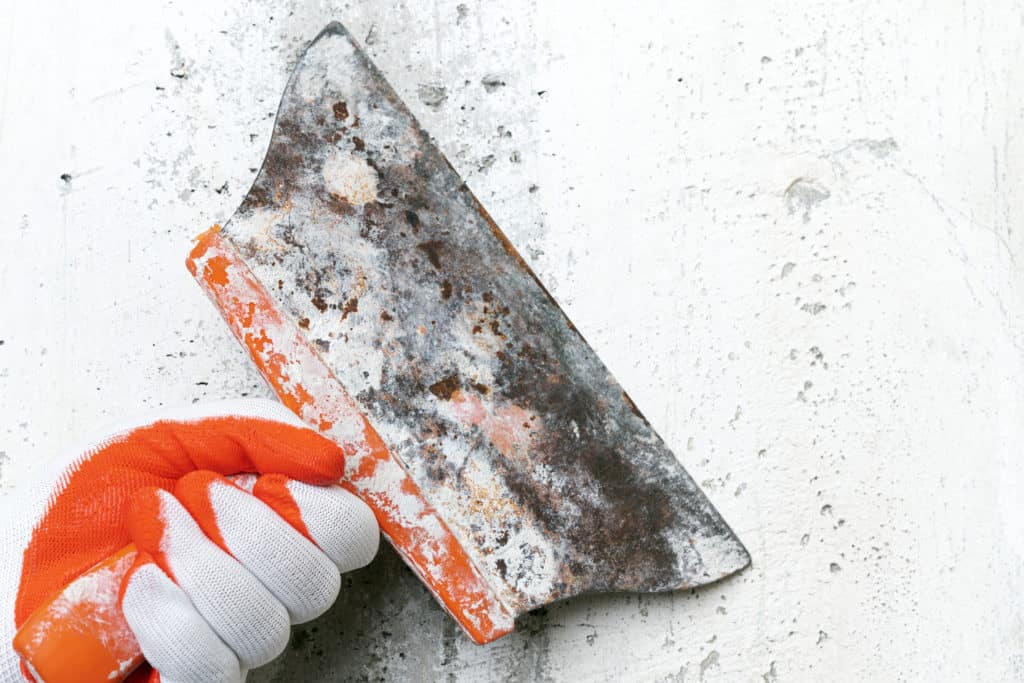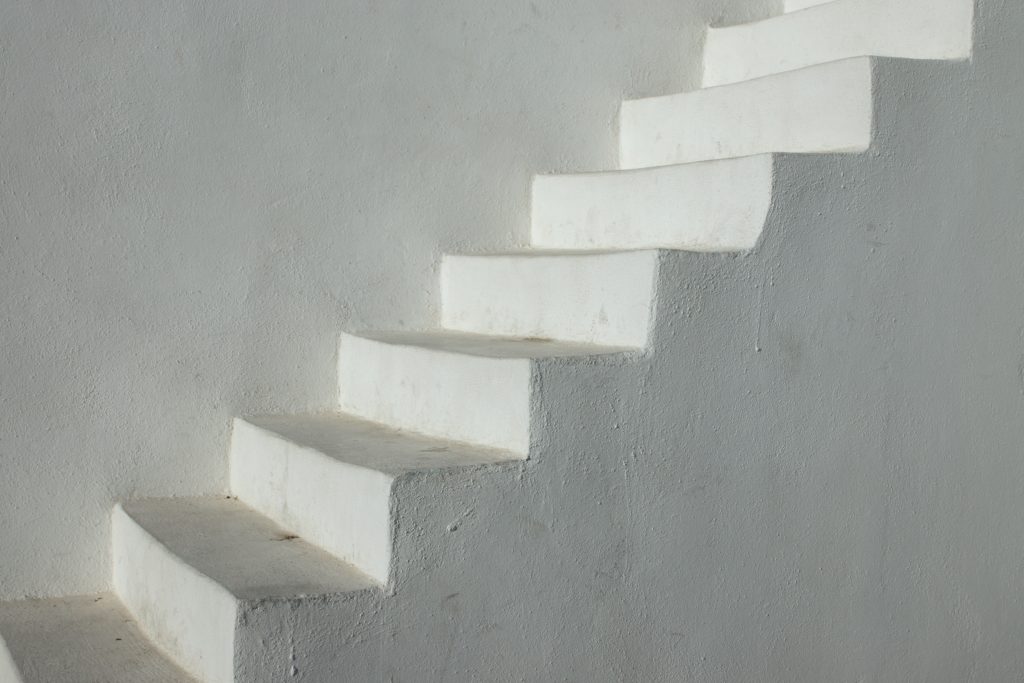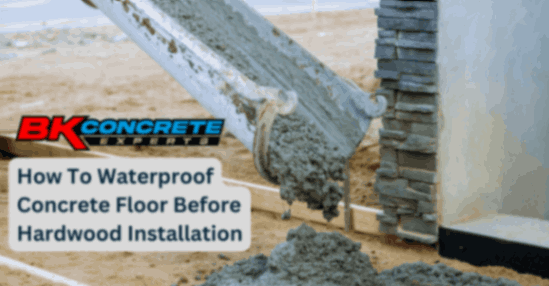Concrete spalling is a widespread problem that affects various structures, from bridges and buildings to driveways and sidewalks. Characterized by the chipping or flaking off of the concrete surface, spalling not only diminishes the aesthetic appeal but can also lead to structural weaknesses. The deterioration exposes the underlying aggregate or even the reinforcing steel, potentially compromising the integrity of the concrete.

The causes of spalled concrete are numerous, including environmental stressors like freeze-thaw cycles, chemical reactions from de-icing salts, or the ingress of water. Inadequate construction practices, such as improper finishing techniques or curing, also contribute to this issue. Preventing spalling thus requires a diligent approach to both the design and maintenance of concrete surfaces to ensure their longevity.
Treatment options vary depending on the severity of the spalling. In many cases, repairs can be carried out without the need for extensive replacement, such as by resurfacing the affected area or using a concrete overlay. Maintenance and early intervention are key in managing spalled concrete, allowing for the prolongation of the structure’s life and the prevention of more significant damage over time.
Understanding Concrete Spalling

Concrete spalling is a deterioration process where the concrete surface peels, breaks, or chips away, often exposing reinforcing steel and compromising structural integrity. It’s imperative to understand the mechanics of spalling, its causes, and the signs to look for to mitigate damage effectively.
Fundamentals of Spalling
Spalling is the result of concrete’s inability to maintain its integrity under certain conditions. This type of damage affects the concrete surface, leading to aesthetic and structural problems. Concrete is a robust material; however, it can deteriorate when subject to factors like freeze-thaw cycles, improper curing, and environmental conditions.
Causes of Spalling
Spalling can be traced back to several contributing factors:
- Corrosion of Reinforcing Steel: When reinforcing steel within concrete begins to rust, it expands, exerting pressure on the surrounding concrete and leading to cracking and spalling.
- Freeze-Thaw Cycles: Water that has penetrated the concrete can freeze and expand, causing spalling over time.
- De-icing Salts: The use of de-icing salts in cold climates can exacerbate freeze-thaw damage and accelerate spalling.
- Improper Curing: Concrete that has not been properly cured can be more susceptible to moisture penetration and spalling.
- Chemical Exposure: Chemicals can react with the concrete matrix, leading to spalling.
Signs and Symptoms
Identifying spalling in concrete involves recognising key indicators such as:
- Cracks: Small to large fissures on the surface of concrete.
- Flaking: Patches of the surface layer peeling away.
- Pitting: Small, deep holes forming in the concrete.
- Exposed Rebar: Visible reinforcing steel suggests severe spalling.
Concrete Composition and Quality

Concrete’s strength and durability are significantly affected by its composition and the quality of its ingredients. This section examines critical aspects such as the mix design, the role of water, and curing practices, which are pivotal in achieving a robust and long-lasting concrete structure.
Mix Design and Aggregate Quality
A properly engineered concrete mix design is fundamental in ensuring concrete’s structural integrity. The ideal mix comprises a balance of Portland cement, water, and aggregates—coarse and fine. The aggregate quality notably influences the concrete’s final strength and durability, with well-graded, clean particles being imperative.
- Key Components: Portland-cement-based binder, aggregates (sand, gravel, or crushed stone), and water.
- Aggregates: Must be free of impurities and of a specific size to ensure compactness and minimize voids.
The Role of Water in Concrete
Water is crucial in the chemical reaction that hardens cement. However, the amount of water used must be carefully controlled. Excess water can weaken the concrete by creating larger pores during the drying process. A lower water-to-cement ratio typically results in higher strength and better durability.
- Optimal Ratio: A water-to-cement ratio generally around 0.45 to 0.50 for most mixtures.
Curing Process and Practices
Curing concrete is critical as it affects hydration and ultimately the strength development and durability. Proper curing maintains the moisture content in concrete and allows it to continue to gain strength. Concrete mix without adequate curing can lead to issues such as cracking or spalling.
- Duration: Standard curing period is often a minimum of 7 days for Portland-cement-based mixtures.
- Methods: Include moist curing, use of curing compounds, and covering with plastic sheeting to retain moisture.
The quality of curing directly reflects in the concrete’s ability to resist environmental stresses and load-bearing challenges.
Prevention and Maintenance Strategies

Effective strategies to prevent concrete spalling are critical in prolonging the service life of concrete structures such as driveways, patios, and walkways, especially in coastal areas where corrosive elements can accelerate damage. These strategies focus on proper design, ongoing maintenance, and the implementation of protective measures.
Design and Placement
Concrete cover is the layer of concrete that encapsulates the reinforcement bars and is a crucial component in preventing spalling. It should be thick enough to protect the reinforcement from corrosion. For horizontal surfaces that are more susceptible to the collection of water and chemicals, such as driveways or patios, a correct specification of concrete cover is essential. Moreover, the use of a rust inhibitor can greatly reduce the likelihood of rebar corrosion which leads to spalling.
The placement of concrete must be done carefully, ensuring that it is evenly spread and compacted to eliminate voids where water can collect. The mix’s water-to-cement ratio should be just right: too much water can weaken the concrete, while too little can prevent it from curing properly.
Proper Maintenance and Care
Routine maintenance is essential; cracks should be sealed promptly to prevent water ingress, which can freeze and cause spalling in colder climates. Moreover, areas such as walkways or driveways should be assessed regularly for signs of wear and tear. A curing compound can be applied to new concrete to ensure that it cures slowly and completely, adding to its durability.
For areas subject to frequent use or heavy load-bearing, regular professional assessments can preempt spalling by identifying and mitigating early signs of stress or damage. Clients should be advised that repair materials used should have a similar expansion coefficient to the original concrete to maintain uniformity and prevent future issues.
Protective Measures
Protective coatings play a key role in the longevity of concrete surfaces, acting as a barrier against moisture, chemicals, and physical abrasion. A water sealant can be used to repel water and protect concrete surfaces from seeping water that could otherwise lead to spalling, especially in horizontal surfaces exposed to the elements.
In coastal areas, where salt and humidity are prevalent, the application of protective measures is even more critical. These measures can dramatically reduce the damaging effects of these harsh environmental conditions on concrete, thereby extending the service life of structures. When considering protective measures, it’s important to choose products that are specifically designed for the type of concrete and the environmental conditions it faces.
Repair Techniques for Spalling Concrete

When addressing spalling in concrete, it’s crucial to choose the right repair technique that ensures durability and aesthetic consistency. The method depends on the extent of damage; from surface repair options to full depth restoration techniques, the goal is to reestablish the integrity and look of the concrete structure.
Assessing the Damage
The first step in addressing concrete spalling is to carefully assess the extent of the damage. Small, shallow spalling can often be treated with simple patching, but larger areas may require more comprehensive repair techniques. The assessment should include cleaning the area with a wire brush to remove loose material and examining the depth and size of the spalling.
Surface Repair Options
- Materials: Use a repair material with a similar expansion coefficient to the original concrete to ensure good bonding. These materials often include an epoxy-based patching compound that can be color-matched to the existing concrete.
- Patching: For minor spalling, a patching compound can be applied using a squeegee or trowel to fill in the defects. The surface should be kept damp prior to applying the patch to aid in adhesion.
- Finishing: After patching, smoothing, or finishing the surface is important to blend the repair with the surrounding concrete.
Full Depth Restoration Techniques
- Resurfacing: In cases where the spalling affects the structural integrity of the concrete, a more extensive approach may be required, such as concrete resurfacing. This involves removing the damaged concrete and replacing it with new material.
- Reinforcement: Before applying new concrete, it can be necessary to install wire mesh or reinforcing steel to provide additional structural support.
- Curing: Once the resurfacer has been applied, proper curing is crucial for longevity. Curing times vary based on the product and climate conditions.
Case Studies and Expert Insights
The following section examines concrete repair practices and gathers insights from domain experts. Emphasis is placed on the practical application of repair techniques and the invaluable experience of professionals in maintaining structural integrity.
Successful Repair Projects
Full Depth Restoration features prominently in case studies of successful repair projects. Structural engineers often point to projects where damaged concrete slabs and driveways with serious pitting or cracks were stripped down to their base before being rebuilt—this can significantly extend the life of the concrete structure. For example, in northern states where deicing salts are commonly used, restoration efforts include the removal of scaling and delamination layers. Furthermore, the application of a waterproofing membrane has been shown to effectively protect joints and prevent future spalling.
Expert Contributions
An engineer specializing in two-course construction offered critical insights into mitigation strategies for concrete spalling. They highlighted the importance of proper cleaning techniques using a pressure washer prior to any repair work on damaged concrete driveways. Additionally, experts emphasize the inclusion of sulfate-resistant cement in areas prone to high sulfide exposure, which contributes to the concrete’s longevity. Interviews with structural engineers also point to the strategic timing of repairs based on weather conditions and location of concrete structures to ensure optimal curing conditions.

 CALL US NOW
CALL US NOW



